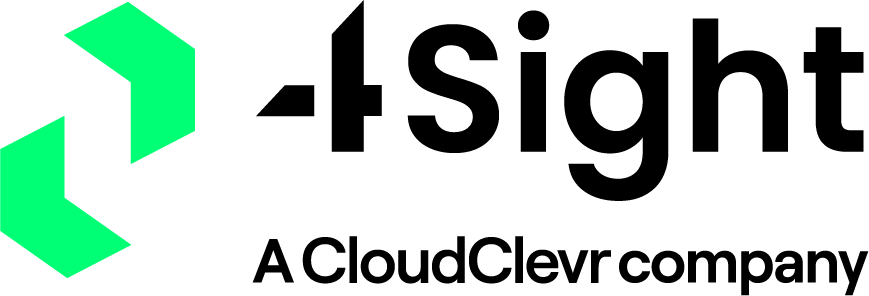5 Surprisingly Effective Considerations to Adopt Tech More Easily

For many organizations, the pandemic has meant reactively implementing new technologies to enable home working and remote collaboration. Although many were moving towards flexible working anyway, COVID-19 has undoubtedly pushed things along faster. We’ve found that today some workers are saying they may never go back to the conventional office, while others may do so on a more limited basis.
What is the impact of the pandemic on the adoption of new communications technology? And how has this impacted the public sector in particular? There are unique complexities that the public sector faces in adopting any new communications tech. Let’s explore these in more detail.
Public Sector Challenges
In 2010, 38% of public sector organizations said they were using cloud-based services. Today, that figure is 78%, according to the Cloud Industry Forum (CIF).
Local and central government and healthcare bodies rely on cloud technology to provide vital services, communicate with each other, manage data and keep IT costs within budget.
Yet public sector organizations are facing more challenges than ever before. They are tasked with delivering essential services at the same time as looking to cut costs and meet new budget targets. In light of the pandemic, austerity measures have been put in place to accommodate the downturn in economic growth. This is true in local government and healthcare in particular, where a lot of estate has become dated, potentially “end of life”, or is recognized as “legacy”.
Budget constraints are also a continuous source of frustration when IT departments are keen to fast-track cloud adoption, which is why many public sector IT teams still need to support and operate legacy systems while looking to deploy cloud technologies in a phased approach as and when investment becomes available.
Complex Cloud Requirements
The complexity of technology within the healthcare and government environments needs serious consideration. Historically, public sector technology has often operated in silos, parts of their estate are not set up for pure cloud. For example, they might not be LAN-enabled or still using analogue devices, e.g., at nursing stations, within highly secure environments, or even within much older buildings across public sector estates.
For these organizations, a hybrid cloud solution provides the security, control and peace of mind of on-site with the agility, scalability and versatility of the public cloud.
Technology providers need to have an in-depth understanding of what each organization is facing on a case-by-case basis if they are to provide the right mix of on-site equipment and cloud-based services.
Specialists In Simplicity
Mitel has nearly 50 years’ experience and skills in understanding the intricacies of integrated on-site and cloud solutions. It has honed its technology to ensures that any organization’s transition is seamless, maintaining that all-important data sovereignty while choosing cloud options that meet security and privacy requirements.
Agility Of Deployment
Long buying cycles and approval processes in the public sector can hinder the change process. Large government or healthcare estates may have stringent time frames allowing for the deployment of complex solutions, aligned to budgets and internal resources, yet they still require business continuity throughout the process.
Drawing from its in-depth understanding of public sector procurement processes, Mitel can integrate with incumbent technologies and transition over time, in line with budgetary demands and at a speed that is aligned specifically to each organization. For example, linking into a legacy PBX system and seamlessly transitioning organizations to virtualized environments is possible as a first step in moving to hybrid cloud.
Control And Flexibility
Control is one key benefit of implementing a hybrid cloud model, being able to decide which servers you want hosted in the cloud and which you want hosted internally. Some business applications are easy to migrate to the cloud, such as chat and videoconferencing software. Others, particularly those aspects that handle sensitive data, may benefit from a slower migratory path.
Seamless Transitioning
To unlock the true value of communication and collaboration, local government and public sector services must look to invest in technology that makes the most sense for their services. Mitel has always offered the easiest solution to scale and has vast experience in adding mixed deployments to an organization’s network toolkit.
Mitel provides expertise in deployment methodology and can help de-risk a project with a proof of concept or trial deployment if required, to ensure compatibility and integration with other systems and applications. No matter how you combine on-site and cloud deployments, you can always be assured of the highest reliability and an exceptional user experience with Mitel.
Future Needs
Most organizations demand business continuity, greater flexibility and cost savings where possible. The public sector has also put focus on digitizing their customer / citizenship services. Digital transformation and automation is key, giving government bodies and healthcare providers the ability to deliver an exceptional customer experience across all available channels
As more public sector customers look to implement Google AI and chatbots, while integrating with social media and video technology for home working, Mitel is on hand to provide innovative, responsive solutions.



